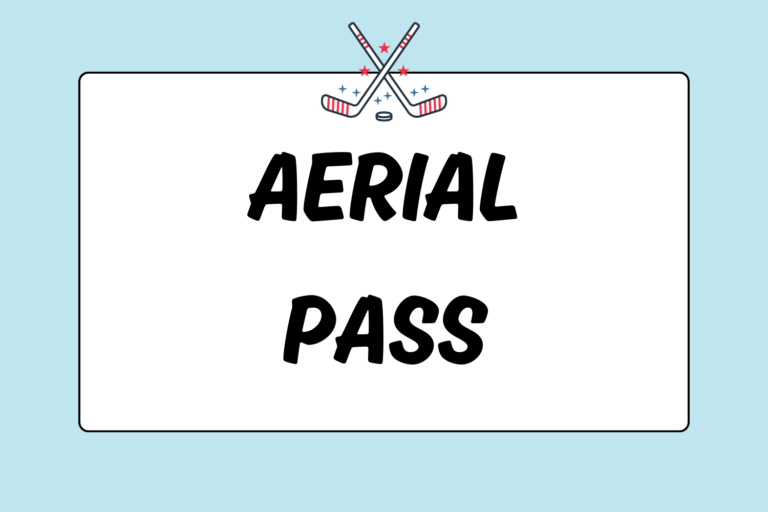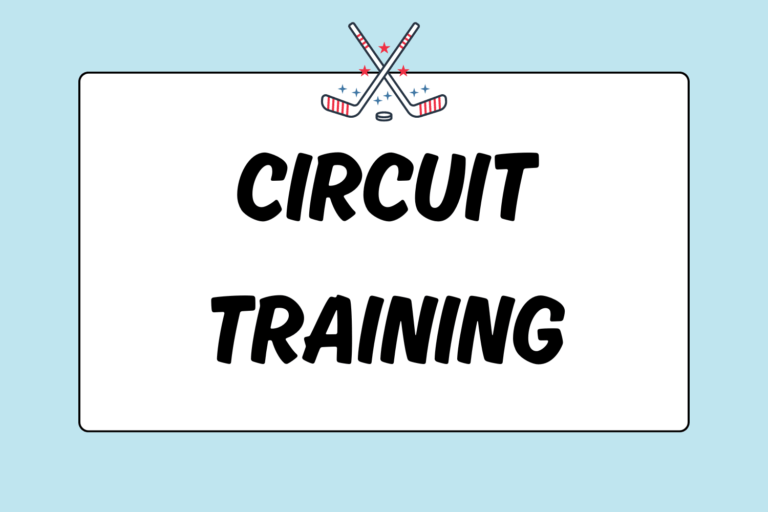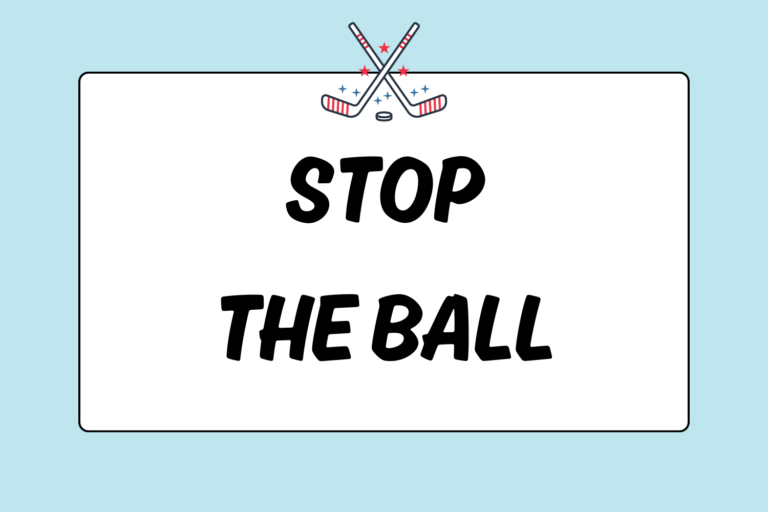A stroke is a penalty shot awarded to the offensive team for a serious foul committed inside the shooting circle by the defensive team. To complete a stroke, the offensive player is allowed to take one shot, one-on-one, against the goalie.
As a goalie, having to defend against a shot by yourself can be nerve-racking, and these nerves can cause you to make mistakes. That is why staying calm under pressure is so important. This guide will teach you the basic goalie techniques used to defend against penalty strokes and help you build confidence in your skills.
Quick Overview
For every penalty stroke, the goalie must start with both feet behind the goal line. She is permitted to move once the ball has been played.
The ball starts on the p-flick mark. The player taking the stroke may raise the ball to any height with a push, flick, or scoop towards the goal. But, upon contact, the stick cannot make a distinct hitting noise. If this happens, the umpire can negate the penalty stroke.
For more information on the penalty stroke, check out our guide, How to Take a Penalty Stroke in Field Hockey.
Stretch
Before every stroke, make sure to stretch your body. Blocking strokes may require you to contort your body in different directions when reacting to the ball. So, having a limber body will help you make faster saves and it will reduce the possibilities of injuries.
Ready Stance
Having a strong ready position will help you become mentally and physically prepared for the shot. Make sure that both of your feet are behind the goal line before the player takes the stroke. If you step forward before the shot is taken and successfully block it, the referee will award the stroker another attempt.
Listed below are some techniques that may help you prepare for the stroke:
- Watch your angle: Start with the center of your body in line with the ball. Generally, the ball is placed in the middle of the goal. However, the ball can be moved along the penalty mark (about a foot in either direction). So, always stay square to the ball.
- Keep your knees bent: Keep your knees bent before the shot. This allows you to react quicker because you can extend your legs to lengthen your body and block the shot as soon as it is taken. By keeping them bent, you’ll be able to push off the ground and dive to either side with ease. Make sure to keep your back straight and knees together to prevent a shot from sneaking through!
- Watch your weight: Place the majority of your weight on the balls of your feet. This will make it easier to jump in any direction.
- Keep your hands up: Start with your left hand (padded) and right hand (holding the stick) chest-high, slightly extended to your sides and about a foot in front of your body. Keep your elbows bent and face your palms towards the shooter.
- Watch the ball : Focus on the ball, not the player.
- Wait for the whistle: The stroker cannot take her shot before the referee blows the whistle. So, make sure you do not react before that signal.
Block the Shot
When the referee blows the whistle, the stroker may shoot the ball. Since you have already prepared for the shot, you can now react to it.
Because there are so many variations and possible shots on goal, the best way to stop the ball is to utilize basic goaltending techniques. Listed below are a few principles that can be used for penalty strokes:
Spring Forward
As a goalie, you want to react to the direction of the ball. But more importantly, you want to spring forward (towards the shooter). By springing forward or diagonally, you cut off the stroker’s shooting angle, making it a bit harder for her to score. Check out the guide, Field Hockey Goalie: Positioning, for more information on shooting angles and telescoping.
Lifted Shots
Use your stick and left hand’s pad to stop balls that are lifted into the air. To stop a lifted ball, step your near foot as far as you can towards the ball. Then, continue following the ball with your eyes and begin lifting your near arm as you step. Depending on the speed of the shot (and if you have time), bring both hands together to increase your coverage. If the ball is lifted waist-high, use one hand to stop it while you step towards it. If the ball is shot at the upper right or left-hand corners, use both hands to stop the ball.
Dive
The hardest stops to make are low shots to the corner of the goals. For these you need to get down fast. In other words, you need to dive:
- Start in the ready position (described above).
- React to the direction of the ball and dive to whichever side of the goal the shot is heading. Dive to the side and slightly forward, towards the shooter. Drop your elbow (right or left) and use the force to pull your body down. Remember, your knees should be bent so that when you’re on the ground, you can push off of them to block the ball.
- As you drop, extend your bottom arm along the ground and your top arm slightly upward to block any shot that may bounce or be lifted.
- Land on the side of your body and block the shot.
Hot Tip: Practice Your Dives!
To practice your dives, start by positioning yourself on your knees. Keep both hands in front of you and have a player slowly push the ball about one yard to either side of your body. React to the ball. Dive by dropping your elbow and extending your arms as you push off of your knees and drop to the ground. Then, return to the starting position. Have your partner increase the speed of the ball as you practice your dive to either direction.
Visual Cues
There are a few visual cues goalies can use to help determine where the player wants to shoot. Goalies often like to read the players taking the stroke by analyzing their:
- Feet: Players often point their front foot at their target.
- Stick: The direction of the face of the stick will often determine the direction of the ball.
- Eyes: The stroker will sometimes look at her target before taking the shot.
The main mistake goalies make is basing too much of their defense on how the player is positioned. As a goalie, know that good shooters will try to trick you into paying attention to how they are positioning their bodies rather than how they are playing the ball.
So, use these visual cues to your advantage, but do not commit to one direction before the shot! Learning how to read your opponent is an advanced skill, but developing your reaction time will help you immediately when defending against penalty strokes.
Stop the Ball
The goalie is not allowed to swat at the ball, so make sure to keep your hands and stick sturdy. When you make contact with the ball, keep your stick and pad pointed towards the shooter so that you can bring the ball down and away from the goal safely.
You Can Do It
Most of the time, nerves make strokes seem worse than they really are. A good amount of nervousness can help to get your adrenaline going and mind focused, but too much can take that focus away.
Learn to control your nerves by practicing your defense against strokes. This will help develop your confidence and increase your success rates. Remember, no one will blame you for missing a stroke, so don’t waste your time dreading the outcome. You can do this!





